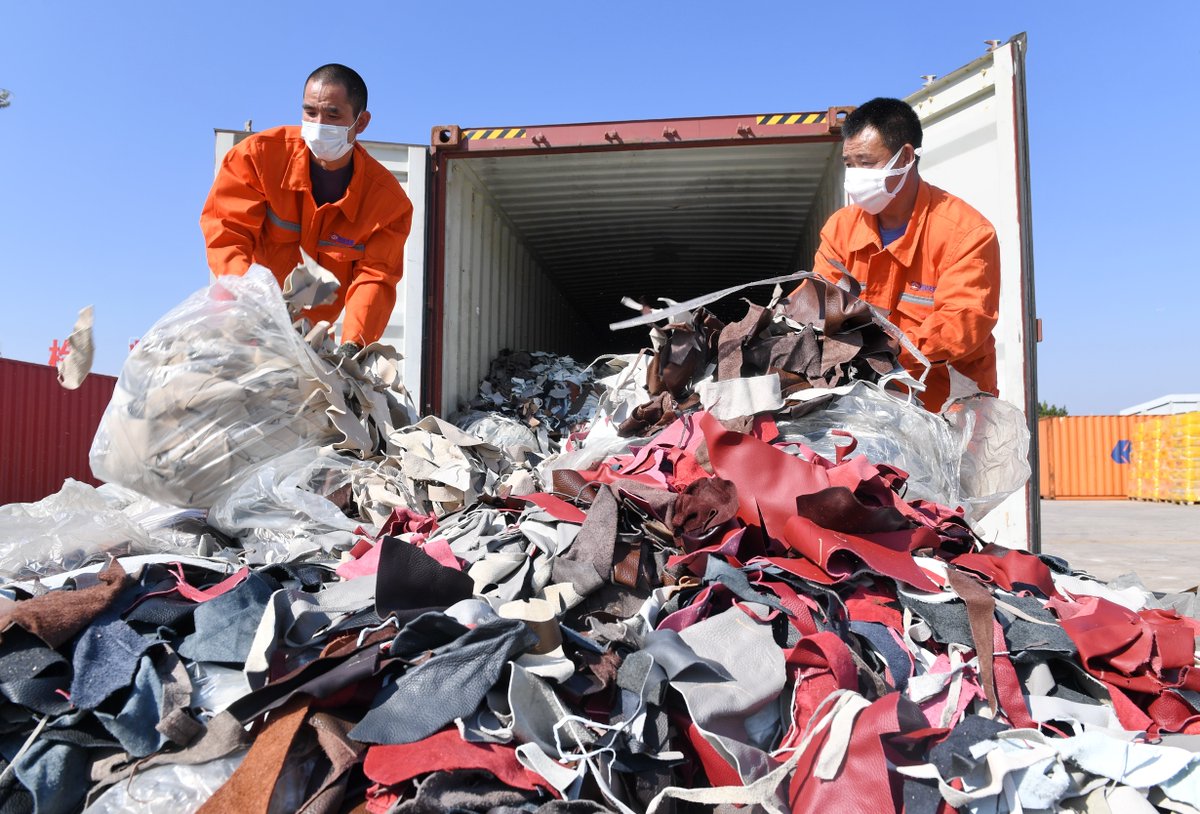Jura The idiot
General
now I read
China's 2019 growth target appropriate for quality growth -- IMF spokesman
Xinhua| 2019-03-08 10:38:58
China's 2019 growth target appropriate for quality growth -- IMF spokesman
Xinhua| 2019-03-08 10:38:58
China's economic growth target for this year will allow policy makers to focus on improving the quality of growth, an International Monetary Fund (IMF) spokesman said Thursday.
"As China shifts the economic model from less export orientation to more domestic consumption, (in regards to) the quality quantity issue, this is an appropriate step," Gerry Rice, director of the IMF's communications department, said at a press briefing.
Rice told Xinhua the resetting of the growth target will also help avoid creating too much debt.
The world's largest developing economy set the 2019 gross domestic product (GDP) growth target at 6-6.5 percent, according to a government work report delivered on Tuesday at the opening of the second session of the 13th National People's Congress (NPC), China's national legislature.
The target came after the Chinese economy expanded 6.6 percent in 2018.
In January, the IMF lowered its global economic growth projections for 2019 and 2020, but maintained China's GDP growth forecast at 6.2 percent for the two years.
Commenting broadly on the government work report, the spokesman said the multilateral lender thinks that the focus on maintaining macroeconomic and financial sector stability while controlling leverage is "as welcome."

